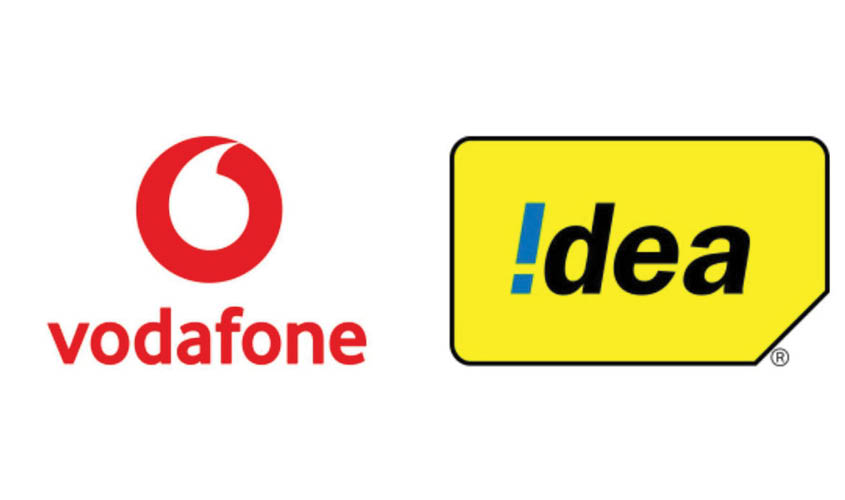Telecom was once a sunshine industry but is now struggling to stay afloat
This writer was present when India’s first 3G commercial rollout happened. It was in Kolkata in April 2012 and Sunil Mittal announced 3G services for his company Airtel. Since then Indian telecom has seen everything—from being seen as India’s sunshine sector, which had the potential to provide large-scale employment, and ensuring connectivity for every Indian to ensuring a solid backbone for delivery of public good services and ensuring a ripple effect for other allied industries. Sadly, only a few of these objectives have been met. Indian telecom provides cheapest connectivity to its citizens in the world who are now data enabled and have access to the cheapest internet internationally. But what about the companies? Or as the Prime Minister said—the “wealth creators”? Sadly, Indian telecom is no more a growth engine. India’s largest telecom company Airtel and its promoter Mittal, considered the poster boy of the sector, are now locked in competition with Reliance Jio, and a regulatory and judicial mechanism which has systematically led to the erosion of both wealth and value. In the last seven years since India’s first 3G launch, most companies have either folded up or forced to merge (Vodafone merged with Idea Cellular) to stay afloat, bank NPAs have skyrocketed and there has been large scale loss of employment.
Is the worst over? Sadly, no! A few days ago, the Supreme Court announced an order that asked companies to cough up massive amounts in fees. India charges telecom companies fees as a percentage of their revenues—for the licence they own and spectrum these companies have (now mostly in auctions since the 2G scam). These are annual payments that run into hundreds and thousands of crores and any change in revenues will obviously impact calculation of fees. In a 14-year-old case the court agreed with the government’s definition of what all constitutes revenues—which is far higher than what the companies have been computing their books on. This means there are a lot of arrears to be paid. For licence fees, for interest on fees, for penalty and interest on penalty! And all this means a whopping Rs 1.33 lakh crore as dues—Rs 92,641 crore for licence fees and Rs 41,000 cr for spectrum usage charge (though spectrum fee is a separate case, the outcome can be assumed after the SC order on licence fees).
A bigger blow is that the principal amount is 25% of the total impact; the remaining is interest and penalty but the SC order mandates companies to pay all three components—principal, interest and penalty.
The dues have to be borne by not just private telcos, but also beleaguered state run PSUs, BSNL and MTNL—Rs 21,000 cr for BSNL and Rs 2,537 cr for MTNL for licence fees. Spectrum charges will be over and above this. Now what does this mean for Indian telecom at a time when we have aspirations to be 5G enabled? It means we are in for tough times. It means even the third largest telecom company, Vodafone Idea, will find it tough to survive. Reeling under massive debts of over Rs 1 lakh crore and accumulative loss of Rs 20,000 cr over the last four quarters, Vodafone Idea may find it very difficult to pay Rs 28,308 crore as licence fees (plus spectrum charges when order is pronounced). This will mean an increase in the sector’s NPAs that already stand at over Rs 7 lakh crore. Stretched balance sheets of the telcos will further strain the balance sheets of banks at a time when the banking sector is also going through a tough phase. Airtel will be able to cope with this better due to a larger balance sheet. But will it have the money to invest in a 5G auction, or appetite for a higher capex for rollout? (Telecom is a capex heavy business since network enhancements are needed for a disruptive technology—3G, 4G or 5G).
Telecom Minister Ravi Shankar Prasad has said the government
It’s time to address these fundamental anomalies. Or else India’s call with 5G will be disconnected even before it’s connected.
Gaurie Dwivedi is a senior journalist covering economy, policy and politics.

